
OR
Editorial
Jajarkot earthquake: A wake-up call for earthquake preparedness
Published On: November 5, 2023 07:50 AM NPT By: Republica | @RepublicaNepal
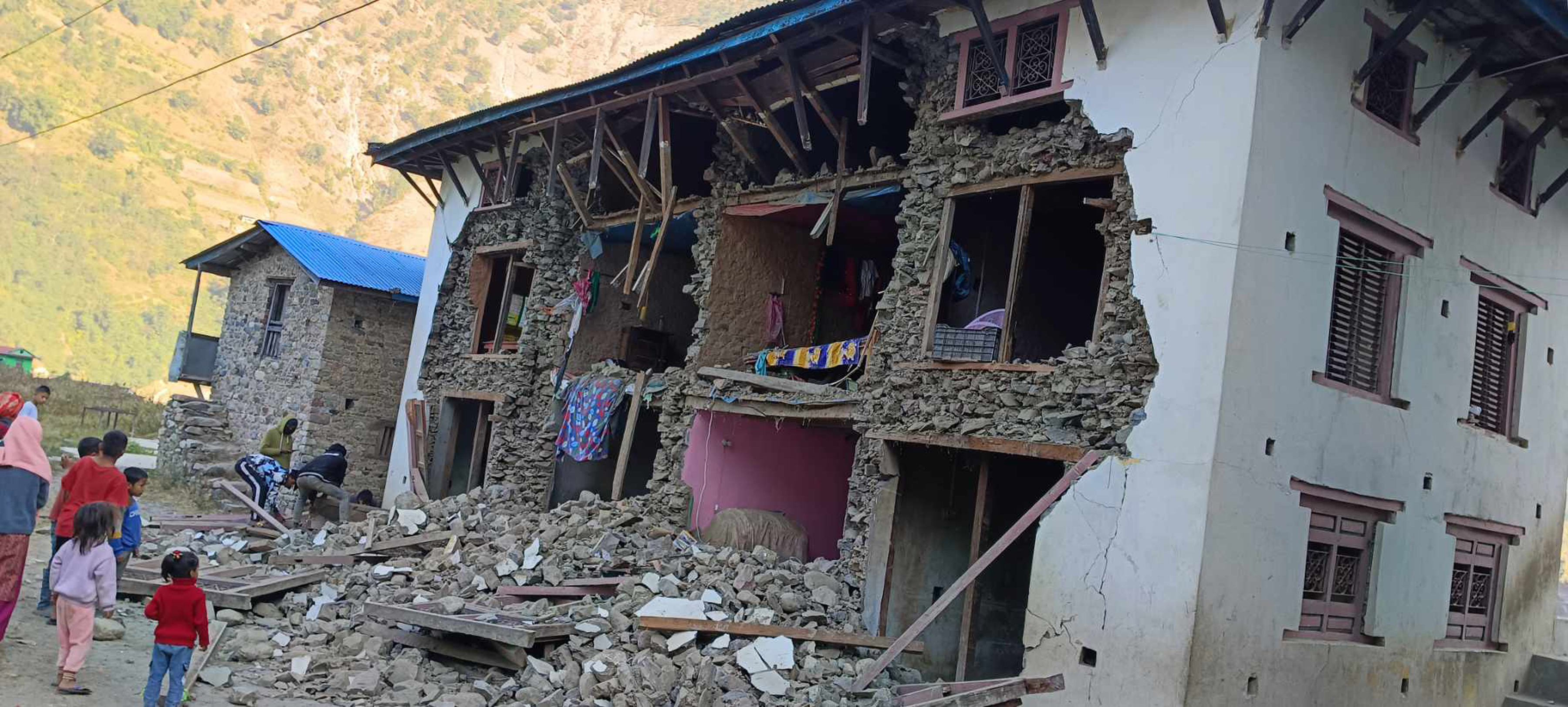
A 6.4 magnitude earthquake that jolted Nepal on Friday night has claimed more than 157 lives and injured hundreds others so far. Two important factors for the severity of the occurrence in the Himalayan region were the time and structure. Earthquake does not kill people, it is the structure that kills people. Most houses in the region were built with stones and mud, making them vulnerable to even mild tremors. Similarly, most people were asleep when the earthquake with its epicentre in Jajarkot jolted the area. Both government and non-governmental agencies have swung into action for relief and rescue efforts as there are fears that a number of people could have been still buried in the debris. While our immediate priority should be relief and rescue of those affected by the earthquake in Jajarkot, Rukum West and Dailekh, this should serve as a reminder for us to work for better preparedness to minimize human casualty in the long run. Needless to say, Nepal grapples with a persistent reminder of its geologically precarious position. The recent earthquake in Jajarkot and repeated tremors in the area including in Bajhang in the recent past serves as a vivid wake-up call, echoing the warnings of geologists who emphasize the ever-present threat of a major earthquake in this region. Therefore, the onus lies on us to stay better prepared to tackle the potential devastation that a major earthquake might unleash.
This latest seismic event is not an isolated incident. Just a few weeks ago, Bajhang experienced a more powerful earthquake measuring 6.3 on the Richter scale. Aftershocks, though of smaller magnitude, have been occurring with notable frequency since then. These events collectively emphasize the urgency for comprehensive preparation and fortification against the potentially catastrophic impact of a major earthquake. Lessons can be learned from Nepal's own history, particularly the devastating earthquake that struck central and eastern parts of the country in 2015, claiming over 9000 lives and causing immense destruction to infrastructure and property. The toll it took on lives and livelihoods was a stark reminder of the need for proactive measures to mitigate such disasters in the future. One essential step towards minimizing potential devastation is the construction of earthquake-resistant buildings. Unlike other natural disasters, earthquakes cannot be predicted or prevented. This proactive approach involves integrating seismic safety measures into building design and construction, ensuring that structures can withstand the shocks of an earthquake. Additionally, retrofitting older structures to meet modern safety standards is equally crucial. The incorporation of these seismic safety features can significantly reduce casualties and damage to property during a seismic event.
Creating widespread awareness among the population regarding earthquake preparedness is equally imperative. This includes educating individuals and communities on the appropriate actions to take before, during, and after an earthquake. Knowledge about safe zones, evacuation procedures, and emergency supplies can be lifesaving during such calamities. Furthermore, the government plays a pivotal role in ensuring the implementation of stringent building codes. Effective enforcement of these codes ensures that construction adheres to earthquake-resistant standards. Additionally, it is crucial to encourage regular inspections and mandatory upgrades to existing structures to align with these codes. It is important to recognize the fact that Nepal stands at a critical juncture, where vigilance and proactive measures can potentially save countless lives and minimize the destruction from a major earthquake. The tremors in the western parts of the country serve as a reminder of our collective vulnerability and underscore the urgent need to prioritize earthquake preparedness and resilience. It is our duty to heed this warning and take decisive action to protect our communities and safeguard our future.
You May Like This
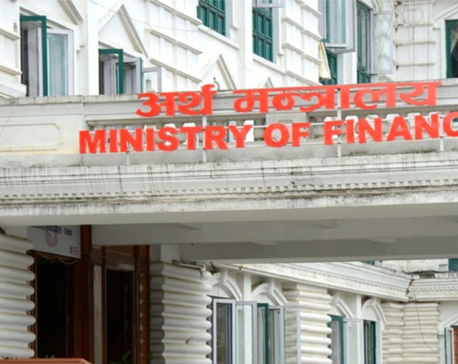
Funds secured to rebuild 700 quake-damaged school buildings
KATHMANDU, March 25: The Ministry of Finance is managing funds necessary for the reconstruction of school buildings that were destroyed... Read More...
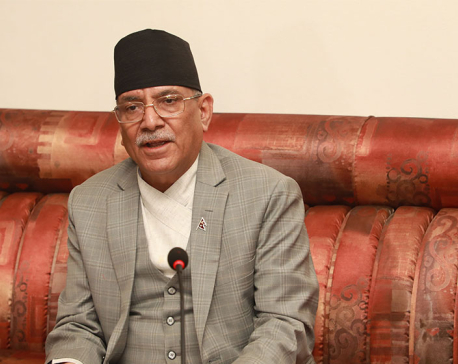
PM Dahal calls an all-party meeting today to discuss quake response
KATHMANDU, Nov 7: Prime Minister Pushpa Kamal Dahal has called an all-party meeting today. ... Read More...

All earthquake survivors will get relief assistance within two days: DPM Khadka
KATHMANDU, Nov 5: Deputy Prime Minister and Defence Minister Purna Bahadur Khadka has paid tribute to those who lost their... Read More...




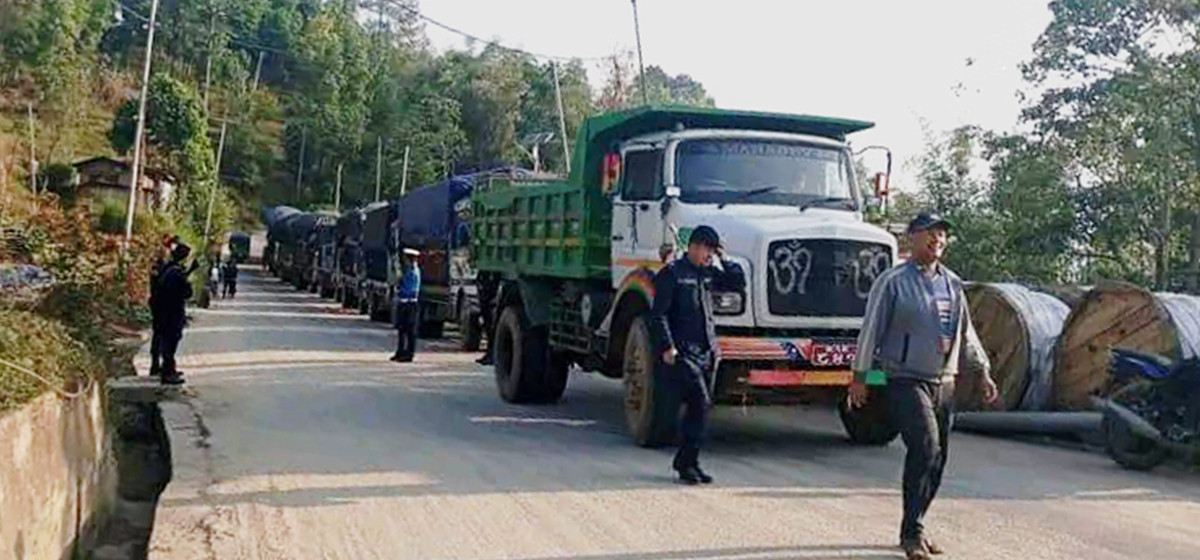

Just In
- PM Dahal pledges support for innovation and entrepreneurship
- Pokhara High Court orders recount of votes in Byas Municipality
- NOC slashes price of petrol by Rs 7 per liter, diesel and kerosene by Rs 5 per liter
- Ncell launches a new campaign ‘Sadhain ON’ to waive off all unintended charges for mobile data
- Daily life affected by Mechi Highway closure
- CAN lifts suspension on Cricketer Sandeep Lamicchane
- CAN positive about sending Sandeep Lamichhane to World Cup
- Tokha Municipality starts removing illegal structures






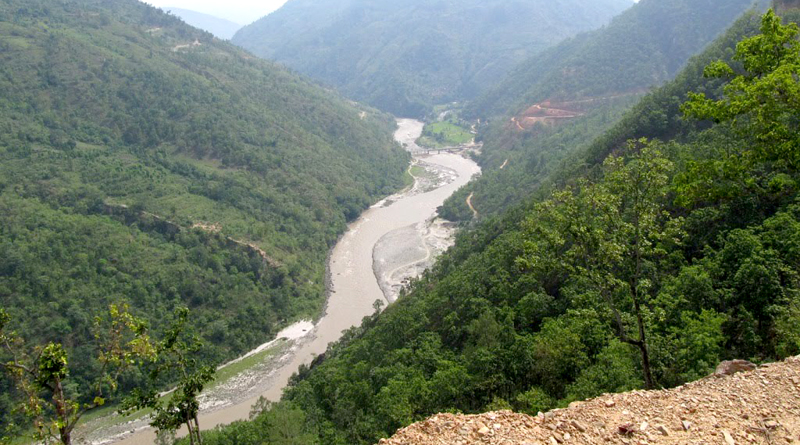

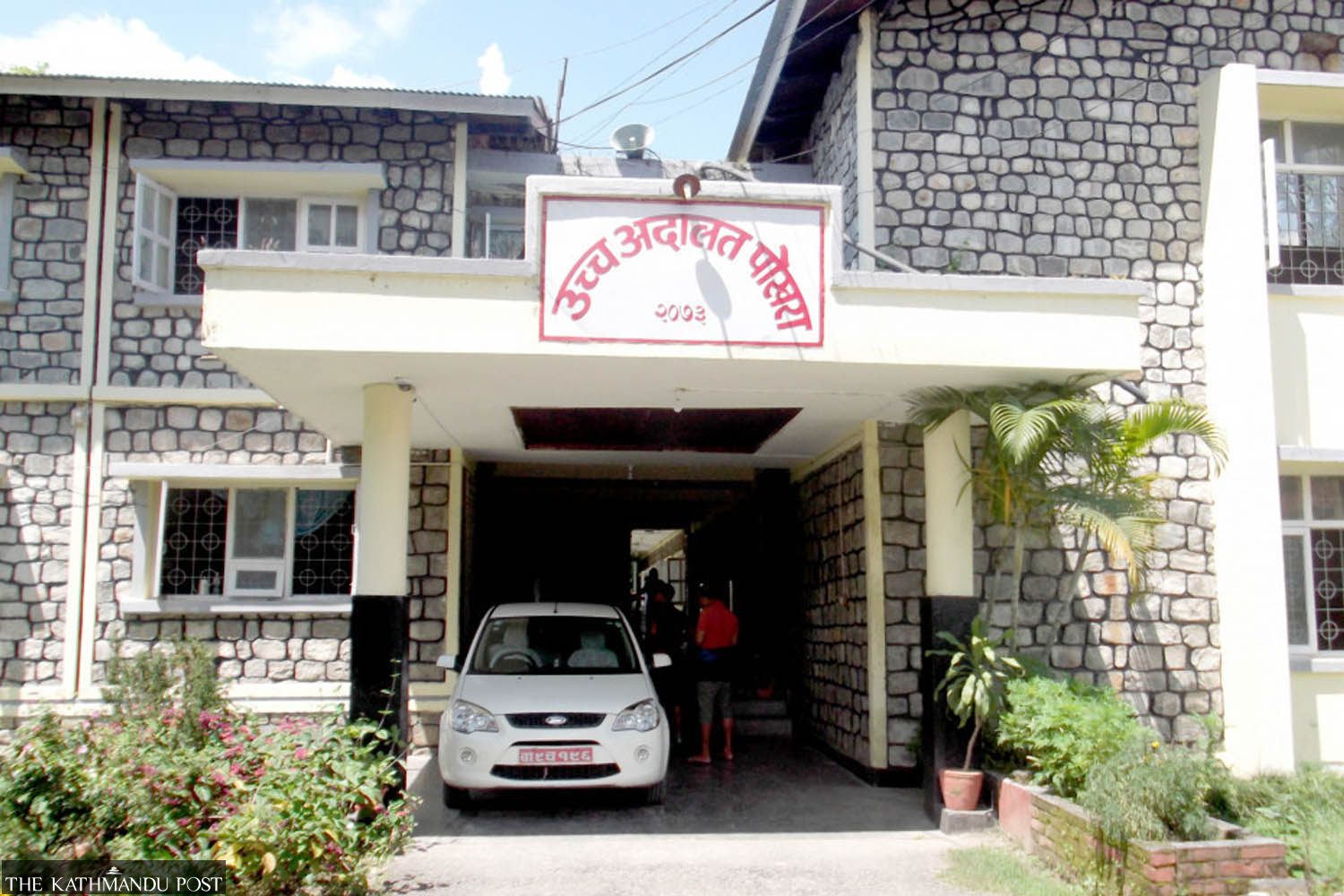
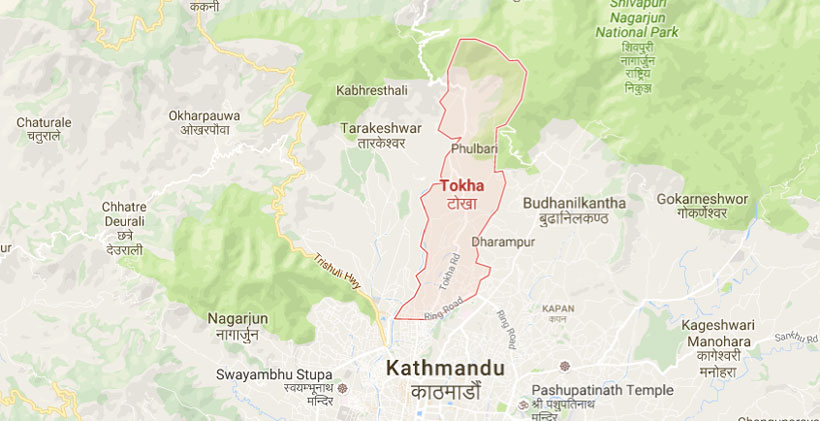
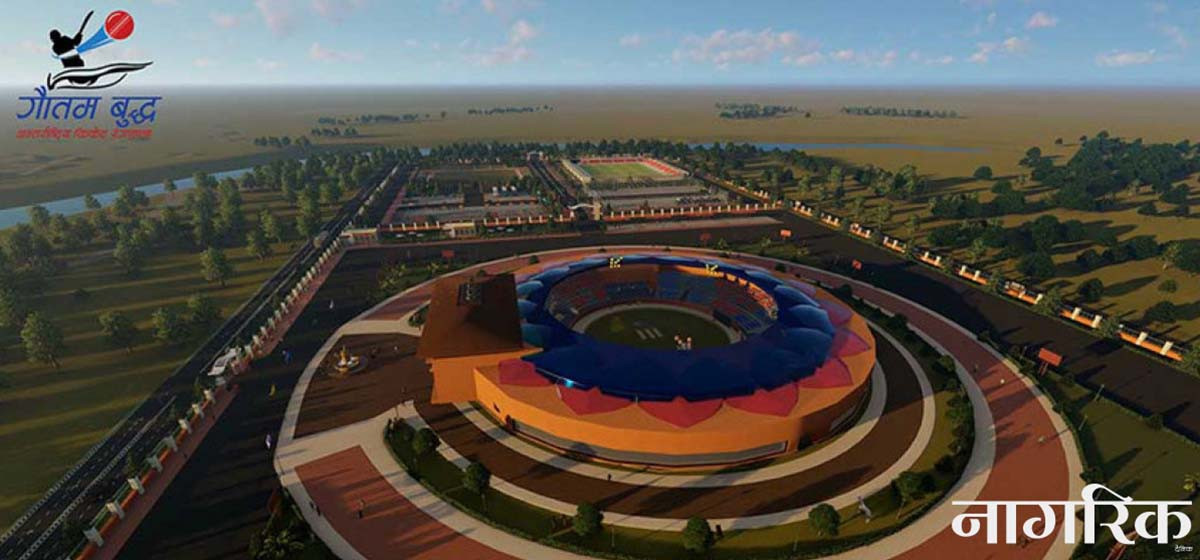
Leave A Comment